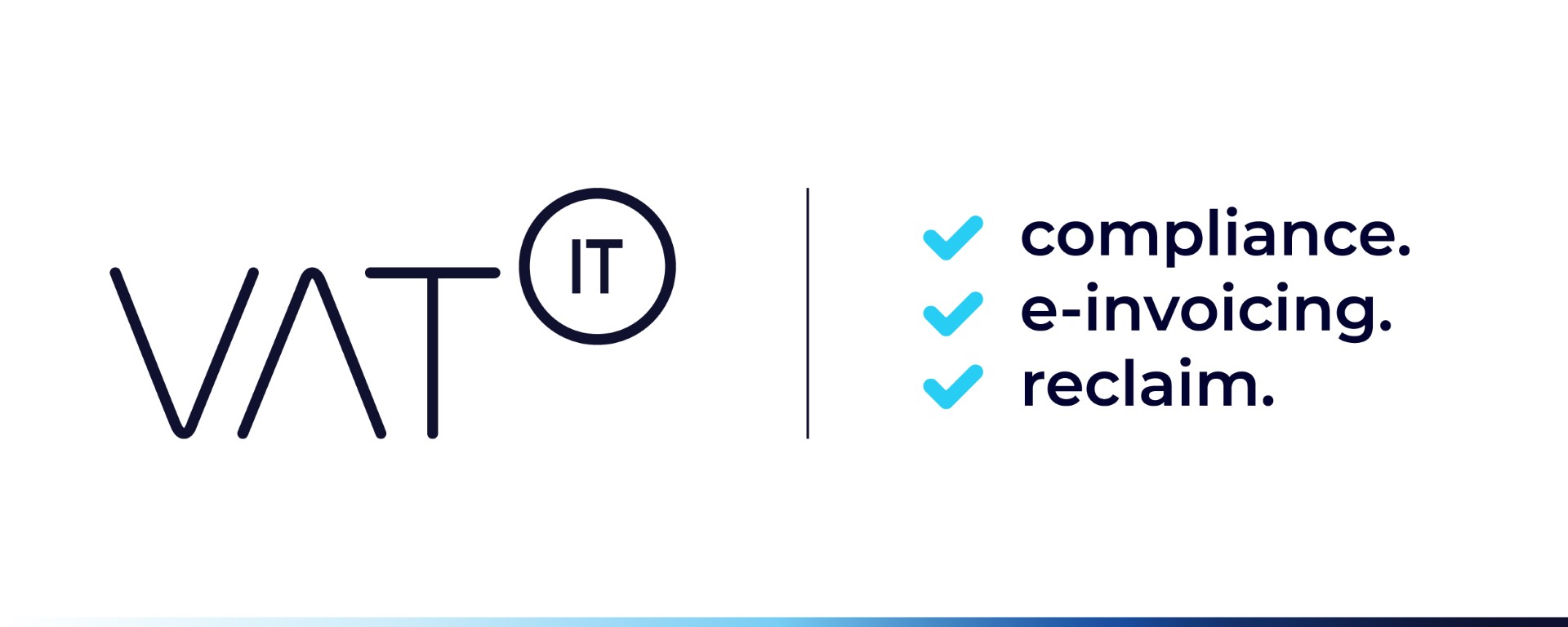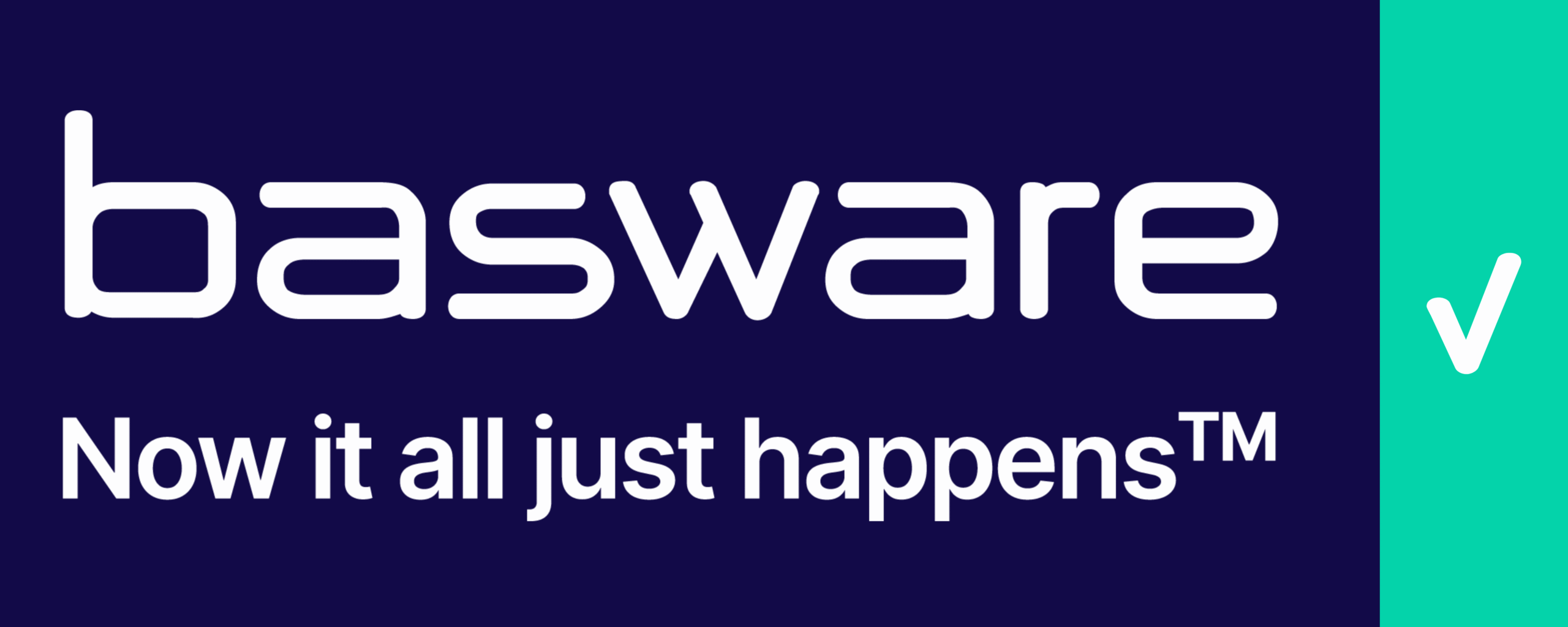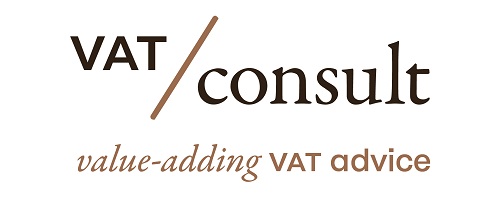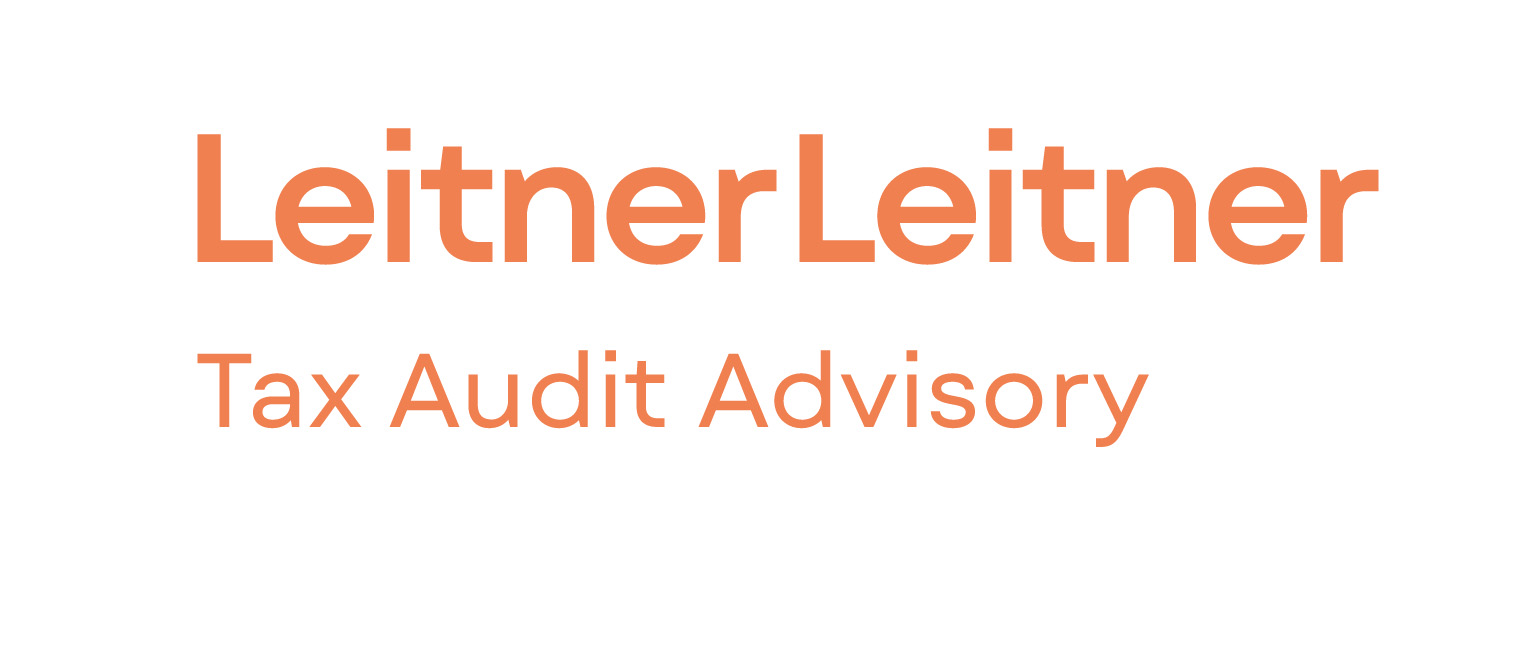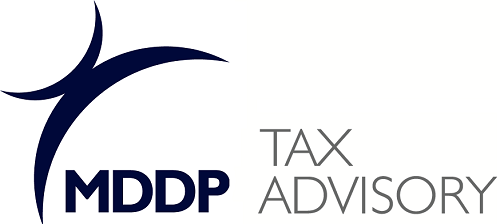Summary
- The European Commission has published its implementation strategy for the VAT in the Digital Age (ViDA) package, outlining actions to assist businesses and Member States in adapting to updates in the EU VAT framework.
- The ViDA package introduces new digital reporting requirements, addresses VAT challenges in the platform economy, and aims to streamline the VAT registration process, enhancing transparency and simplifying compliance for cross-border businesses.
- This strategy includes a detailed roadmap with key action points and timelines, projecting significant economic benefits of €172 billion to €214 billion over ten years, including €51 billion in savings for businesses.
Detailed
Executive Summary:
The VAT in the Digital Age (ViDA) package is a comprehensive set of legislative measures designed to modernize the EU’s VAT system, enhance its effectiveness, and address the challenges posed by the digital economy. The package comprises three core components: Digital Reporting Requirements (DRR), Platform Economy rules, and Single VAT Registration (SVR). ViDA aims to combat VAT fraud, simplify cross-border compliance for businesses, and ensure a level playing field in the digital economy. The European Commission is actively supporting the implementation of ViDA through various initiatives, recognizing that success depends on close collaboration between Member States, businesses, and EU institutions. The initiative is expected to generate substantial economic benefits, improve transparency, and reduce administrative burdens.
1. Core Components of ViDA:
Digital Reporting Requirements (DRR):Objective: Introduce real-time digital reporting for cross-border B2B trade with e-invoicing as the default. Aims to combat VAT fraud, especially carousel fraud, and replaces the current recapitulative statement system.
- Key Features: E-invoicing compliant with the European standard; other formats possible for transactions not covered by a reporting obligation if authorised by the relevant Member State.
- Impact: DRR is expected to reduce VAT fraud and lower compliance costs for EU traders. “The move to digital reporting will help reduce VAT fraud by up to EUR 11 billion a year and bring down administrative and compliance costs for EU traders by over EUR 4.1 billion per year over the next ten years.”
Platform Economy:Objective: Address VAT challenges posed by digital platforms, particularly in the passenger transport and short-term accommodation rental sectors.
- Key Features: Platforms become responsible for collecting and remitting VAT when their users (small businesses or individual providers) do not. This promotes a uniform approach across Member States and levels the playing field between online and traditional services.
- Impact: Simplifies VAT compliance for SMEs operating through these platforms.
Single VAT Registration (SVR):Objective: Simplify cross-border VAT compliance by reducing the need for multiple VAT registrations across different Member States.
- Key Features: Extension of the One-Stop Shop (OSS) model, implementation of the Transfer of Own Goods (TOOG) scheme, and mandatory use of the reverse charge mechanism in specific situations.
- Impact: Reduces administrative burdens and facilitates cross-border trade.
2. Key Implementation Dates:
- 14 April 2025: Member States can introduce mandatory e-invoicing under specific conditions, and improvements are made to the Import One-Stop-Shop (IOSS) framework.
- 1 January 2027: Clarifications for users of OSS and IOSS schemes become effective, along with some SVR improvements.
- 1 July 2028: Platforms in the short-term accommodation rental and passenger transport sectors must comply with new deemed supplier measures (with a possible delay until 1 January 2030 for some Member States), and main SVR reforms begin.
- 1 July 2030: DRR affects cross-border B2B transactions, with mandatory e-invoicing.
- 1 January 2035: Member States with domestic digital real-time transaction reporting obligations must align their systems with the cross-border system.
3. Implementation Strategy and Support:
- European Commission’s Role: Actively engage with Member States, businesses, and EU institutions through regular reporting, high-level dialogues, and technical-level engagement via committees and expert groups.
- Tools and Programs:Fiscalis Programme: Used to support implementation through workshops and working groups.
- Themis Database: Used to track Member States’ transposition of the Directive.
- EU Dialogue: To clarify aspects linked to the correct transposition of the directive in the national legislation.
- TSI (Technical Support Instrument): Implementation of digital reporting requirements based on e-invoicing under the ViDA package is a highly relevant reform. Technical support to address the needs of Member States is provided upon request submitted by 31 October each year.
- Explanatory Notes: The Commission will develop detailed explanatory notes on each component to ensure consistent understanding and implementation.
- Communication: A wide communication campaign for all sized businesses will be carried out by the Commission and Member States.
4. Potential Risks and Mitigation Measures:
- IT Infrastructure Readiness: Member States may not be ready with the necessary IT infrastructure by the deadline.
- Mitigation: Detailed implementation plan with regular checkpoints and close monitoring of IT developments.
- Delays in E-invoicing Standard Adoption: Delays in adopting amendments to the EU standard for e-invoicing.
- Mitigation: Close monitoring of work carried out by the European Committee for Standardization (CEN).
- Additional Invoicing Obligations: Member States imposing additional invoicing obligations (gold plating).
- Mitigation: Clear legislation limiting additional obligations.
- Non-Optimal link between Customs and VAT teams: A non-optimal link between Customs and VAT teams in Member States could impact the development of secure IOSS.
- Mitigation: Close collaboration of Customs and VAT with a dedicated EU project team.
- Awareness: Ensuring businesses are aware of amendments to VAT legislation, VAT schemes, and technical specifications in a timely manner.
- Mitigation: A wide communication campaign for all sized businesses will be carried out by the Commission and Member States
5. Expected Economic Benefits:
- The ViDA package is expected to generate substantial economic benefits, ranging between EUR 172 billion and EUR 214 billion over a 10-year period, including a significant EUR 51 billion in savings for businesses.
6. Challenges in Implementation:
- “ViDA is a complex package of measures, with five main different implementation dates for its various elements, alongside a number of options for Member States. In addition, the preparation for implementation covers legislative, non-legislative and I.T. elements, each of which are inter-dependent on each other.”
- Staggered application of the measures, different domestic systems in the Member States.
- Successfully steer the Fiscalis Project Group (FPG) which is developing comprehensive solutions to secure the IOSS.
7. Commission Implementing Acts:
- At least six Commission Implementing acts will be necessary.
This briefing document provides a concise overview of the ViDA package, highlighting its objectives, components, implementation strategy, and potential benefits. Close monitoring and proactive engagement by all stakeholders are crucial for the successful modernization of the EU’s VAT system.
Sources
Implementation strategy for ViDA supports EU businesses and Member States
- ViDA Package Announcement: On September 24, 2025, the European Commission unveiled its implementation strategy for the VAT in the Digital Age (ViDA) package, which consists of three legislative acts aimed at modernizing the EU’s VAT system and enhancing compliance.
- Key Focus Areas: The strategy emphasizes digital reporting requirements (DRR) with real-time e-invoicing for cross-border B2B transactions, imposes VAT collection responsibilities on platforms in the gig economy, and expands the One Stop Shop (OSS) model for easier VAT registration across Member States.
- Coordinated Implementation Efforts: The Commission plans to collaborate with Member States and businesses to ensure effective implementation, including promoting mutual recognition of e-invoicing certifications, supporting common transmission networks, and providing technical guidance and regular progress updates.
Source Pagero
Join the LinkedIn Group on ”VAT in the Digital Age” (VIDA), click HERE
Latest Posts in "European Union"
- EU’s ViDA in Motion: How EU Member States Are Preparing for implementing Digital Reporting Requirements (DRR)
- EU Court Rules Triangulation VAT Simplification Inapplicable to Multi-Party Drop Shipments Involving Fraud
- EU Commission Seeks Feedback on Revising E-Invoicing Rules for Public Procurement
- CBAM from 2026: New TARIC Codes Mandatory for Import – No Correct Coding, No Import Approval
- Navigating VAT Exemptions: Recent ECJ Judgments and Their Implications for Intra-Community Transactions and Imports




